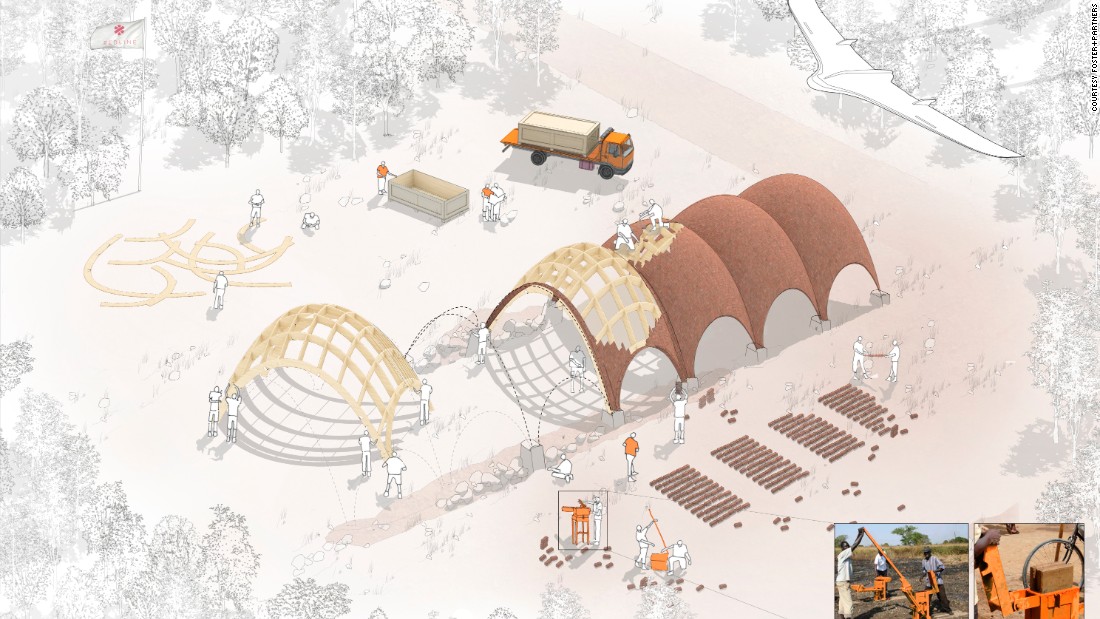In the midst of our morning commutes, we might not think that transportation is an exhilarating topic, but these up-and-coming transportation innovations might help get your mind off of the average 84 hours per year that Canadians in cities like Toronto, Vancouver and Montreal spend in traffic.
The Omni Hoverboard
On May 22, 2015, Canadian inventor Alexendru Duru proved that functioning hoverboards aren’t just made for science-fiction movies. Taking the Guinness World Record for the farthest hoverboard flight, Duru flew a distance of 905 feet and 2 inches, 16 feet above Lake Ouareau in Quebec on his homemade hoverboard.
A software engineer, Duru, with the help of local university students, has designed the Omni Hoverboard. The hoverboard is made from carbon fibre, 8 large propellers, snowboard foot-bindings, and is powered by 16 lithium-polymer batteries. Duru’s altitude and speed was controlled via a handheld remote constructed out of a pair of pliers. He and his team continue to refine the prototype, with the goal to craft a design that is both powerful and safe enough for public distribution.
Source: http://www.popsci.com/finally-hoverboard-that-actually-flies
The ‘Safety Truck’
Samsung and ad agency Leo Burnett have been testing out their designs for the transparent ‘Safety Truck’. This vehicle is intended to reduce the number of accidents and vehicle fatalities occurring on the road as a result of unsafe lane changes, sudden braking or animal crossings. Two wireless cameras are mounted on the front of large transport trucks, which relay a live feed onto four large screens on the back of the truck, thereby forming one large display. The design is intended to allow drivers behind vehicles with an impeding view to better judge when it is safe to pass. The specialized monitors are water and dust proof and are designed to maintain clear visual quality in both bright sunlight and nighttime darkness.
The Safety Truck has been tested in Argentina, where winding two-lane highways are a large factor behind the country’s high rate of nearly one traffic death per hour. A number of factors will likely need to be considered before large-scale implementation of these mobile displays, including cost margins and driver adjustment in terms of distraction rates and a false sense of security.
Source: https://www.rt.com/news/331619-samsung-transparent-truck-overtake/
http://time.com/4115398/best-inventions-2015/
The “droneports”
Rwanda may find itself at the forefront of a technological revolution. Norman Foster, chairman of the British architecture firm Forester + Partners is collaborating with Jonathan Ledgard, head of the Afrotech Project at the Swiss Federal Institute of Technology (EPFL) to engineer three “droneports” made of locally sourced raw materials that can be easily assembled by local communities.

These ports are designed to facilitate the transportation of food, medical supplies, electronics, spare parts and other such goods where road travel is impeded by lakes, rivers and the hilly Rwandan countryside. According to Ledgard, the droneports will function as network of distribution hubs that “allow recharging, cargo loading and drop-off, as well as repairs”, rather than as a ‘last mile’ delivery infrastructure.
The drones will also be designed as simple, robust, economical, and easy to repair, with a greater reliance on low-tech than high-tech parts. By 2025, it is hoped that they will have the capacity to carry payloads of up to 100 kg at speeds of around 90 km/h. Operations are set to start in 2020.

Source: http://www.cnn.com/2015/10/05/architecture/gallery/rwanda-droneport-foster-epfl/
What innovations in transportation would you like to see during your lifetime? Share your ultimate transportation ideas!





Comments (4)
Interesting blog posting!
In terms of air transport of goods to remote areas – considerable work is also being done right here in Ontario by companies such as SolarShip who are developing technologies to transport heavy equipment and goods to / from remote areas with no road access. Many of these applications that are being developed focus on sustainable aviation technologies.
Just like the deHavilland Beaver / Otter aircraft helped to open up remote areas for development – these new aircraft concepts could offer transformative lifting and transport potential for remote areas of Canada.
Jonathan, thank you for sharing another great example of an innovative technology that has been developed within the realm of transportation. We’d love to explore this topic further in a future blog post! In the meantime, for those interested in learning more about some of the work being done in Ontario to increase efficient transport to remote areas of Canada, check out the Solarship website.
These are all great innovations and we’re looking forward to seeing how they are going to develop even more in the future. In the mean time, there’s still a disappointing fact that we can’t even handle driverless cars properly. There’s still a long way to go.
+1!
Leave a Comment